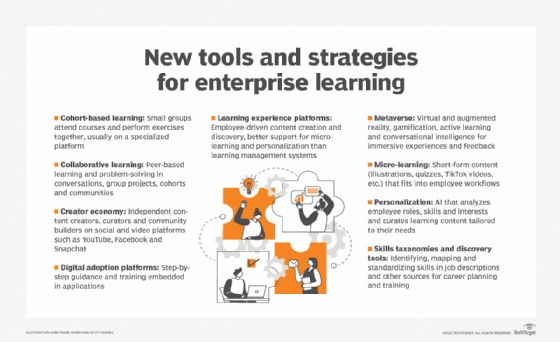A Learning Management System (LMS) is a software application or web-based platform designed to plan, deliver, and assess learning and training processes. It centralizes learning content, tracks learner progress, and provides tools for communication and collaboration. Think of it as a digital hub for all things learning and development.
Understanding the Core Functionalities of an LMS
At its core, an LMS typically consists of two main components: a server that handles the underlying functionality and a user interface (UI) that allows users to interact with the system. The LMS provides instructors with the ability to create and deliver course materials, monitor student engagement, and evaluate performance through quizzes, assignments, and other assessments.
For learners, an LMS offers access to learning resources, interactive features like discussion forums and video conferencing, and personalized learning paths. It allows them to learn at their own pace, track their progress, and communicate with instructors and peers.
Who Uses Learning Management Systems?
LMS software is utilized by a wide range of organizations, including:
- Businesses: For employee onboarding, training, compliance, and professional development.
- Educational Institutions: Schools, colleges, and universities use LMS platforms to deliver online courses, blended learning programs, and manage traditional classroom activities.
- Government Agencies: For training employees, disseminating information, and ensuring compliance with regulations.
- Nonprofit Organizations: To train volunteers, staff, and members on various topics.
 List of tools driving online learning.
List of tools driving online learning.
Why are Learning Management Systems Important?
LMS solutions offer significant benefits for both organizations and learners:
- Centralized Learning: Consolidates all learning materials and resources in one easily accessible location.
- Improved Learning Outcomes: Provides structured learning paths, personalized feedback, and engaging content, leading to better knowledge retention.
- Cost-Effectiveness: Reduces training costs by eliminating travel expenses, printing materials, and the need for physical classrooms.
- Scalability: Easily adapts to accommodate growing numbers of learners and expanding training needs.
- Tracking and Reporting: Monitors learner progress, identifies areas for improvement, and generates reports on learning outcomes.
- Flexibility and Accessibility: Allows learners to access training anytime, anywhere, and on any device.
Key Features of a Learning Management System
A robust LMS typically includes the following features:
- Course Creation and Management: Tools for developing and organizing course content, including multimedia elements, assessments, and interactive activities.
- Learner Management: Functionality for registering users, tracking progress, managing enrollment, and assigning courses.
- Assessment and Evaluation: Features for creating quizzes, tests, and assignments, as well as automated grading and feedback mechanisms.
- Communication and Collaboration: Tools for facilitating interaction between instructors and learners, such as discussion forums, chat features, and video conferencing.
- Reporting and Analytics: Dashboards and reports that provide insights into learner performance, course effectiveness, and overall training impact.
- Mobile Learning: Support for accessing learning content and participating in courses on mobile devices.
Types of LMS Deployments
Organizations can choose from various LMS deployment options:
- Cloud-Based LMS: Hosted on the vendor’s servers and accessed via the internet, offering scalability and ease of maintenance.
- Self-Hosted LMS: Installed and maintained on the organization’s own servers, providing greater control over data and customization options.
Choosing the Right Learning Management System
Selecting the right LMS requires careful consideration of factors such as:
- Organizational Needs: Identifying specific training goals, target audience, and required features.
- Budget: Determining the affordability of different LMS options and associated costs.
- Technical Requirements: Assessing compatibility with existing IT infrastructure and technical expertise.
- Vendor Reputation: Evaluating the vendor’s track record, customer support, and product updates.
Conclusion
Learning management system software plays a crucial role in facilitating effective learning and development initiatives. By understanding the core functionalities, benefits, and key features of an LMS, organizations can make informed decisions when choosing a platform that aligns with their specific needs and goals. Investing in the right LMS can empower organizations to enhance employee skills, improve performance, and drive business success.
